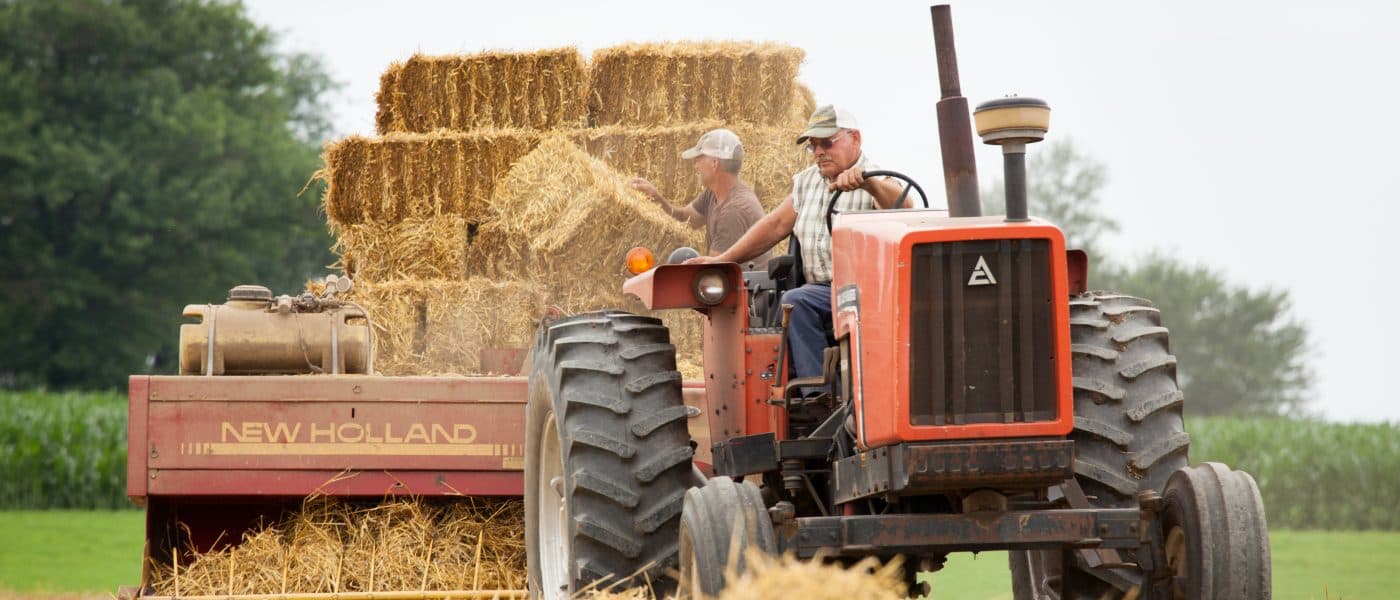 In an attempt to address the spread of antibiotic resistance, three United States Senators introduced legislation on Monday to expand the authority of the Food and Drug Administration (FDA) to pull antibiotics from their use in livestock and agriculture. The FDA would be required to withdraw its approval of any antibiotic used for the purpose of disease control or prevention in food producing livestock, according to the bill. This legislation would tighten the restrictions on the use of antibiotics in the set of guidelines released in 2013, which called for drug makers to voluntarily remove their products specifically being used for animal weight gain. Back in October, the FDA announced that sales of antibiotics used in agriculture increased by 16% between 2009 and 2012, and of all antibiotics manufactured, a whopping 70% sold in the US are used in food livestock. Over 20,000 people die each year from antibiotic resistant infection, and 2 million get sick. Senator Dianne Feinstein, one of the bill’s three cosponsors, stresses the importance of antibiotic reduction: “Antibiotic resistance is one of the biggest public health threats we face and we need a comprehensive response to preserve the effectiveness of antibiotics…While FDA took an important step to reduce antibiotics overuse in agriculture, we need to do more.”
In an attempt to address the spread of antibiotic resistance, three United States Senators introduced legislation on Monday to expand the authority of the Food and Drug Administration (FDA) to pull antibiotics from their use in livestock and agriculture. The FDA would be required to withdraw its approval of any antibiotic used for the purpose of disease control or prevention in food producing livestock, according to the bill. This legislation would tighten the restrictions on the use of antibiotics in the set of guidelines released in 2013, which called for drug makers to voluntarily remove their products specifically being used for animal weight gain. Back in October, the FDA announced that sales of antibiotics used in agriculture increased by 16% between 2009 and 2012, and of all antibiotics manufactured, a whopping 70% sold in the US are used in food livestock. Over 20,000 people die each year from antibiotic resistant infection, and 2 million get sick. Senator Dianne Feinstein, one of the bill’s three cosponsors, stresses the importance of antibiotic reduction: “Antibiotic resistance is one of the biggest public health threats we face and we need a comprehensive response to preserve the effectiveness of antibiotics…While FDA took an important step to reduce antibiotics overuse in agriculture, we need to do more.”
Fast food giant McDonald’s has already taken a step toward antibiotic reduction, announcing Wednesday that it will begin to use chickens not treated with antibiotics. As one of the largest chicken buyers in our country, this decision will likely have a large impact on the entire industry. In fact, McDonald’s has already received support from large meat suppliers Tyson, Perdue, and Keystone Foods. The shift toward the use of antibiotic-free birds is likely to occur within 2 years, and is only expected to grow. Steven Roach, food safety program director at Food Animal Concerns Trust, predicts a ripple effect: “The last time McDonald’s did something like this, five other fast-food companies made similar announcements within six months… I would expect we’re going to see a similar pattern this time around.”
This article from Modern Farmer takes us deeper into the video series produced by The National Young Farmers Coalition chronicling young women on their dairy farms. Though we’ve seen some growth in young people starting farming careers over the past few years, this growth has been somewhat limited to vegetables and raising animals for meat – young dairy farmers are much harder to come by due to the costly yet necessary equipment, acreage, and livestock. Watch as these three young women, Sarah Chase, Ashlee Kleinhammer, and Laura Ginsburg, share their success stories despite the challenging nature of running a dairy operation.
During Wednesday’s hearing on agriculture spending, Agriculture Secretary Tom Vilsack suggested an idea to members of Congress that consumers use their smartphones to scan specially generated codes to reveal a truckload of information about the ingredients in products at the grocery store. Vilsack’s idea is particularly interesting to the key players involved in the GMO labeling debate. While a technological labeling method would certainly solve a lot of mysteries for some curious consumers, Scott Faber, head of the Just Label It campaign, sees the idea as a setback: “Consumers shouldn’t have to have a high-tech smartphone and a 10-gigabyte data plan to know what’s in their food.” At this point, Vilsack’s proposal is just an idea, but it’s an idea that has the potential to halt the progress consumer advocates have made for a federal standard of mandatory GMO package labeling.
Four members of Congress introduced the Farm to School Act of 2015 last week, expanding the already in place USDA Farm to School program. The act will improve schools’ access to healthy, locally grown food, promote interest in agriculture education, and boost economic opportunity for family farmers. With 23 million students eager to learn about where their food comes from, Helen Dombalis, Policy and Strategic Partnerships Director with the National Farm to School Network, sees this new bill as a win-win for kids and farmers. She said, “…We are building on the positive momentum of farm fresh food in school meals, school gardens and farm to school education across the curriculum, such as cooking classes, taste tests, hands-on science classes and farm field trips.” The act will open doors for farmers, fishers, ranchers, and food entrepreneurs, giving them opportunities for more direct relationships with local schools.
This piece from NPR takes a look into farm life after military service – and why the USDA encourages veterans to become farmers. With the help of programs from nonprofit organizations (like the Farmer Veteran Coalition, a Farm Aid partner), universities, and Congress, the USDA is seeking to create opportunities for veterans to receive the financial help they need to include agriculture as a form of therapy in their post-war life. USDA military veteran’s agricultural liaison Karis Gutter sees the connection as a natural fit. She said, “Many of the men and women who have served come from rural backgrounds and get training to work with their hands and have a natural instinct for entrepreneurship.” Sara Creech, former Iraq War surgery nurse, received a grant from the USDA following the recent changes to the Farm Bill, allowing her to improve the quality of her farm. She calls her farm a reason to get out of bed in the morning, and she’s found purpose through taking care of animals, providing for her community, and hosting workshops for veterans to introduce them to life on the farm.

